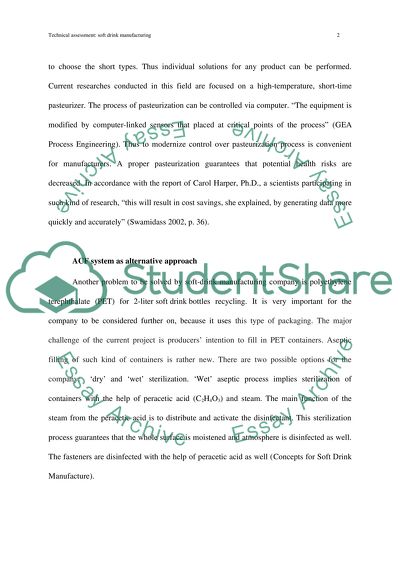Cite this document
(“Technical Assessment: Soft Drink Manufacturing Essay”, n.d.)
Retrieved from https://studentshare.org/environmental-studies/1409009-with-attach-files
Retrieved from https://studentshare.org/environmental-studies/1409009-with-attach-files
(Technical Assessment: Soft Drink Manufacturing Essay)
https://studentshare.org/environmental-studies/1409009-with-attach-files.
https://studentshare.org/environmental-studies/1409009-with-attach-files.
“Technical Assessment: Soft Drink Manufacturing Essay”, n.d. https://studentshare.org/environmental-studies/1409009-with-attach-files.


